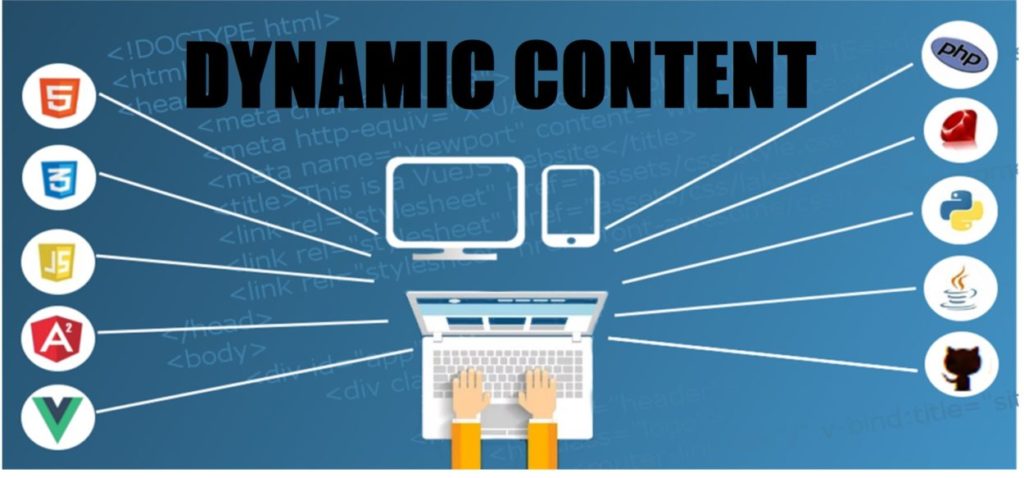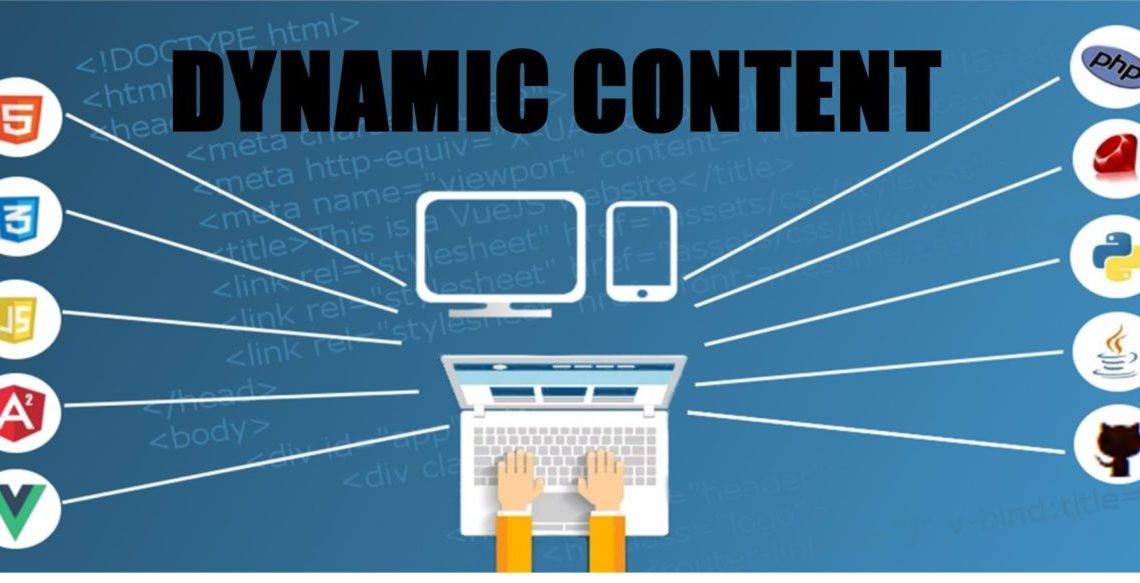
A well-known marketing truism is that for your communications to be successful, they should focus entirely on your customers rather than your brand. How is it done in the context of app marketing? By specifically tailoring your emails and push notifications, you can highlight the game level a player has reached, the precise item a consumer has added to their cart, or the precise in-app achievement a user has unlocked. With Unomok Dynamic Content, such fine-grained customisation based on event attributes is now simple to accomplish. By the way, this capability is absent from other consumer engagement systems.
In our eight years of expertise, we have observed that end users respond to communications with greater CTRs and conversions because they regard them as more personalised and useful. The automated, time-saving, and even more dependable messaging that Unomok Team worked so hard to make available to marketers is now even more effective.
Without further ado, let’s explore how event-based Dynamic Content from Unomok can help you personalise your communications to your advantage.
Why Do You Need Dynamic Content in Your Communications?
Previously, setting up a personalised offer for email or push alerts required doing some preliminary work and devoting time to manual processes that could be automated. Currently they are: Unlike its rivals, whose functionality is still limited, Unomok lets you create flawlessly automated tailored campaigns.
Let’s use an illustration to further explain this
Every e-commerce company must face the hard fact that some customers leave their carts empty without making a purchase. Any marketer will want to get those clients back, and a seasoned marketer will know how to achieve so with communications that are even more tailored.
This is one possible appearance.
Default message: Please check your cart to see what you left behind.
You have the iPhone 13 Pro Max in your cart, but you haven’t checked out yet. Do it soon before the price increases!
In this illustration, the generic “something” is automatically changed to the particular “something” that a mobile consumer put to their cart. How did we obtain this knowledge? by monitoring the associated triggering event.
Additionally, you can choose any property from user-triggered events and use it for customising.
Emails: Multi-Event Attribute-Based Rich Content
Event properties in emails can include links to the name, price, and product image that will be replaced in the message once you send it. For instance, if the AddToCart event contains more properties than just the product name, you can use them all to tailor the email. Depending on the information the attribute contains, this could be a link to a product in the store, a price, a discount, or a promotional code.
Hasn’t the option for personalised campaigns with dynamic content always existed?
As you may recall, Dynamic Content has always been available for usage in Unomok, but in order to customise your messages, you had to manually create and assign Tags. Now all you need to do is choose the property you want to include in your message; the rest will be done automatically.
Personalize E-Commerce Communications
At every stage of the user journey, you may enhance your messages with event-attribute-based personalisation. To turn your users into contented repeat customers and increase your revenue, make the entire purchasing process simple and easy for them to complete.
Recovery of the abandoned cart
It happens frequently: you have an Abandoned Cart journey and want to send the customer a message to return to the cart. To make the message appear more customised, you might want to include the name of the item that the customer added to their shopping basket. You can accomplish this by include event attributes in your push copy.
Dynamic Content to Engage Players Based on Game Attributes
Specify various in-game activities, items, and events in your messages by using tailored content depending on event properties. Players’ interest in the game will grow, and in-app activity will increase.
Congratulations for advancing to a new game level.
Send each user who completes a new level in your mobile game app a unique congrats message that includes the new accomplishment. Keep your users interested and increase in-app purchases at the same time to accomplish two objectives!
Encouragements for Using In-Game Money
Another scenario is when a player receives (or already possesses) a set number of in-game resources. In your push message, if you specifically mention the currency (coins or gems) and its quantity, you may pique the user’s interest and prompt them to open the game to see what they may buy.
Promotion of paid content and in-app purchases
In-app purchases are a key component of free-to-play game monetization schemes, so if your app follows suit, expect in-app sales to soar. Send individualised messages persuading a user to make a particular purchase in exchange for rewards, such as:
— Shorten the duration of your ActivityName> cooldown.
— Unlock PerkName to gain a stronger ability!
— Receive ItemName> as a gift when you purchase a premium subscription!
Notifications of Other In-Game Events and Activities
Use the event property built right into your message to alert a player as soon as they hit a certain milestone or are about to miss a significant in-game event.
